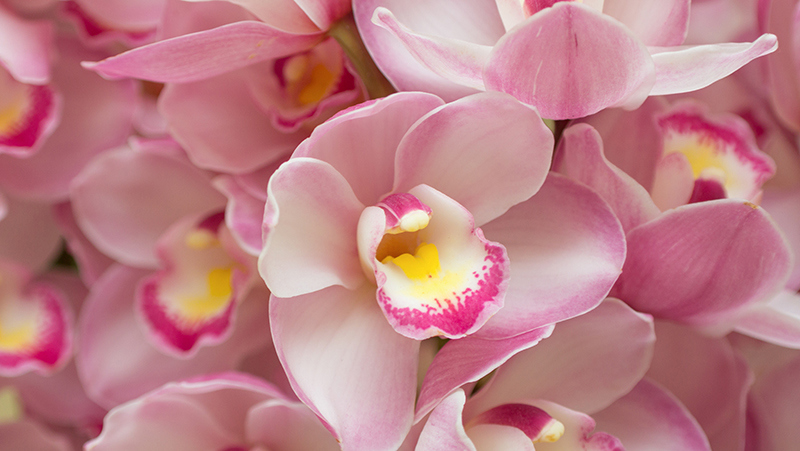Yates Account
Join now
Create a Yates account today!
Sign up to join the Yates Garden Club for monthly e-mails packed with seasonal inspiration, tips for success & exclusive promotions.
Plus if you’re a Garden Club member you can take part in the Yates Growing Community - a blog to share successes, get advice & win prizes in fun challenges along the way!

Forgot password
Enter the email address associated with your account, and we'll email you a new password.
It’s one of the most common gardening questions: why won’t my cymbidium orchid flower?
In spite of their long and complicated-sounding name, cymbidiums are the everyday, widely grown orchids. They’re also just about the easiest orchids to grow, but their reluctance to flower can be frustrating for gardeners.
Here are some general tips for encouraging these beauties to bloom:

Light
Light is the most important factor. Hot sun will burn the leaves but too little sun will reduce flowering. Dappled light is best. In frosty areas, cymbidiums can be grown indoors, but must be in a well-lit position.
Cymbidium leaves should be a light apple green. Deep green leaves may look lush but are usually an indication that the orchid is in too much shade.
The ideal is to have your orchid in shade for the spring/summer period and move it into a bit more light for late summer and autumn. Keep it out of strong winds or very exposed positions.
Watering
Cymbidiums are naturally tree dwellers that have evolved thick, water-absorbing roots to help them survive arboreal life. Grow them in coarse orchid mix and make sure the plants have plenty of drainage. Don’t leave the pot base sitting in a saucer that collects water. One tip is to use an unpainted wooden pencil to test moisture levels in the soil. Poke the end of the pencil down through the roots into the mix. If the pencil looks damp when it comes out of the soil, the plant doesn’t need watering. Reduce watering in winter – cymbidium roots hate being cold and wet.
Fertilising
Begin feeding cymbidiums as soon as their flowering period is over (or if yours haven’t flowered, when those in your neighbourhood have finished). Yates Dynamic Lifter Organic Plant Food is ideal for the spring fertilising period – feed with a light sprinkling of pellets about every six weeks. After Christmas, switch to a flower-promoting liquid such as Yates Thrive Orchid Food. Because these don’t last as long, they should be applied once a fortnight.
Dividing and re-potting
A crowded orchid can be divided in spring but don’t break the clump up into too many small sections. The smaller the clump, the longer it takes to flower again.
Other tips:
- Don’t leave dead flower spikes on the orchid. Remove as soon as blooms have finished.
- Slugs and snails love orchid buds – use Yates Blitzem Slug & Snail Pellets around the plant to protect them.
- Scales and mealybugs can weaken plants. A spray of Yates Nature's Way Organic Citrus, Vegie & Ornamental Spray Ready to Use will help.
- Orchids flower best when they experience a marked (at least 10°C) difference between daytime and night time temperatures. But no extremes, please!

















Share
Share this article on social media